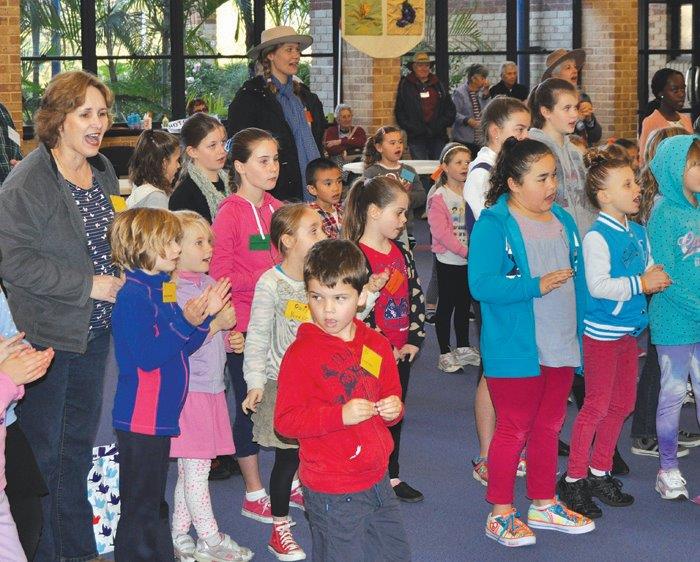What? Children and young people are our future, right? Well, if you simply mean that they’ll be on the Earth after we’re all dead, then yeah, the kids around now will be adults in the future.
But no, children are not the future of the church.
Why? Because children and young people are our present. They are here right now giving life and witness to the church.
Richard Telfer, First Third specialist for the Uniting Church in WA, recently returned from an Intergenerational Faith Formation Symposium led by John Roberto in Connecticut, USA. He believes this phrase is holding us back from being a truly intergenerational church.
A multi-generational church is one which has members from different age groups who mostly stick to themselves, not really interacting with others outside their own age group. A crossgenerational church is one where the dominant age group invites other age groups to participate in their activities.
An intergenerational church probably doesn’t know it’s intergenerational. It has members from different age groups who naturally learn from each other and grow together.
“It’s not a big show, it’s just people existing. And that’s a good thing. It’s just natural, they don’t even think about it, it’s just a part of who they are,” Richard said.
“So phrases like ‘kids are our future’ are really well intentioned but it’s reinforcing a multigenerational model. Its reinforcing a model that separates and it implies that children are not yet real members of the church.” “So instead of saying children are the future, we say children are part of the present – just as everybody is part of the present.”
Rev Prof Bill Loader, theologian and principal of the Perth Theological Hall, has written a theology of intergenerational ministry – First Third Ministry. He writes that this concept is an integral part of First Third ministry – and of Christianity.
“From its beginnings the Christian faith has affirmed that children and young people belong, most graphically demonstrated in Jesus’ welcoming and blessing children,” he writes.
“The welcoming of all to the table of the Lord’s Supper, including children, gives expression to such belonging, as does the sacrament of baptism. Recognising such diversity in age and development coheres with our affirmation of people and their diversity generally – in culture, language, education, ability, gender, social background – whom we embrace and respect as having their place in the one church of one faith and one baptism.”
“The first third are not the church of tomorrow; they are the first third of the church of today.”
This is not to say all Uniting Churches should scrap their kids clubs, youth groups and adult fellowship groups to create only intergenerational events. In fact, these groups are an important part of the life of the church. But if these groups were to interact with and learn from each other, you’ve got yourself a healthy community.
As an example, Richard talked about a congregation where the kids club used their knowledge of technology to teach the ladies’ group how to use computers. The ladies group then used those skills to start a class teaching English to refugees and new migrants.
In this example, mentoring is going both ways. Older people are learning from younger people, and younger people have role models to look up to. All three groups are building relationships that will have lasting effects.
“An intergenerational church does age specific things but has thought about how each group relates with the whole,” Richard said. “So you remain the one group, but you are forever changed because of that other group.”
An intergenerational church recognises that children and young people have as much to offer the church as the older generation. It also knows that to achieve this, older people must make themselves vulnerable to learning and growing with the young people in their lives.
“In an intergenerational church, you become the whole body of Christ,” Richard said.
Heather Dowling
